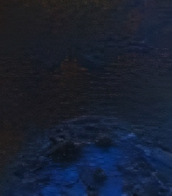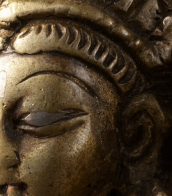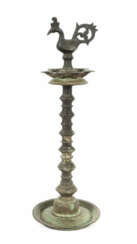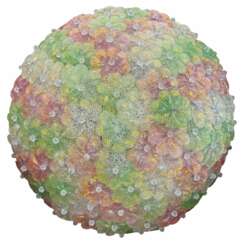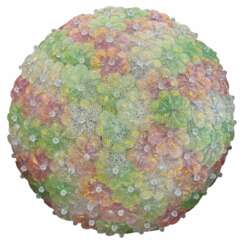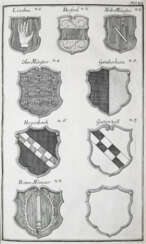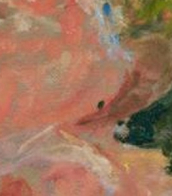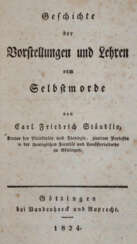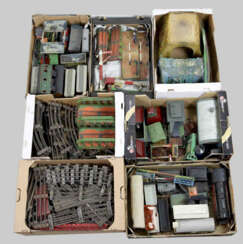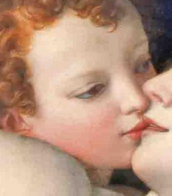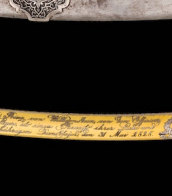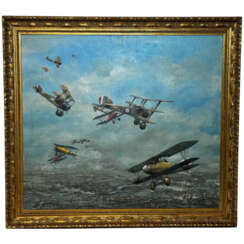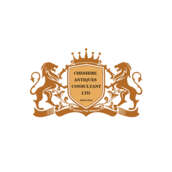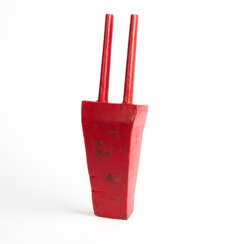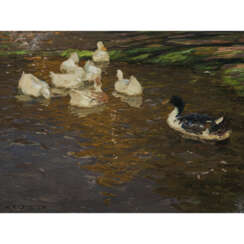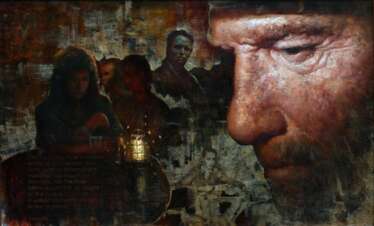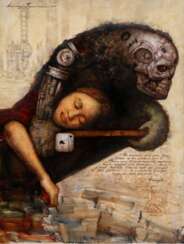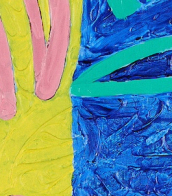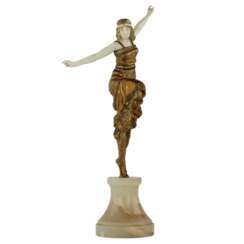bing &amp
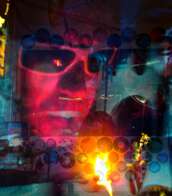
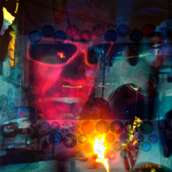
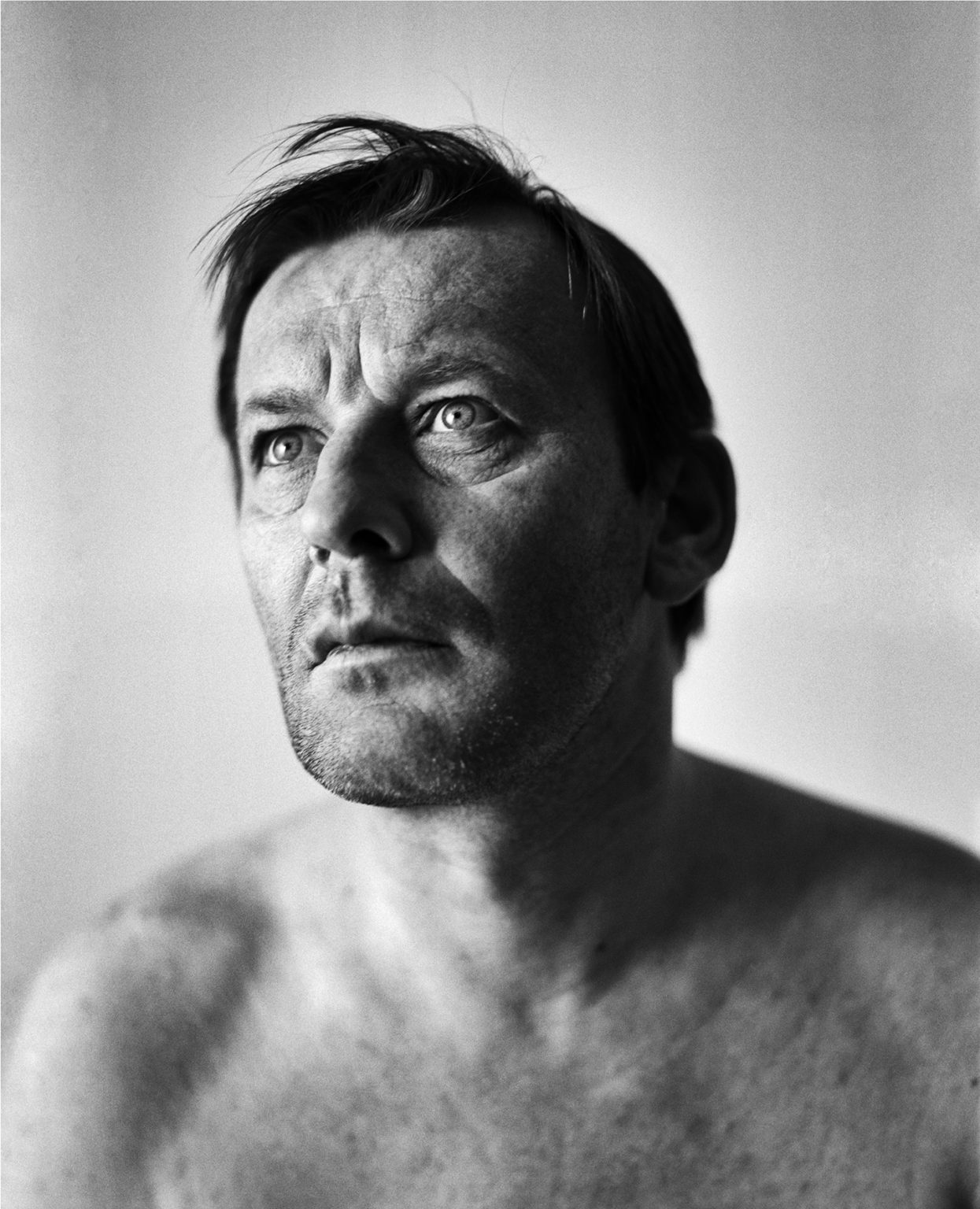
Martin Kippenberger was a German artist known for his extremely prolific output in a wide range of styles and media, superfiction as well as his provocative, jocular and hard-drinking public persona.
Kippenberger was "widely regarded as one of the most talented German artists of his generation," according to Roberta Smith of the New York Times. He was at the center of a generation of German enfants terribles including Albert Oehlen, Markus Oehlen, Werner Büttner, Georg Herold, Dieter Göls, and Günther Förg.
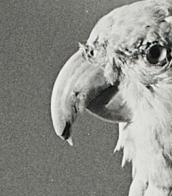
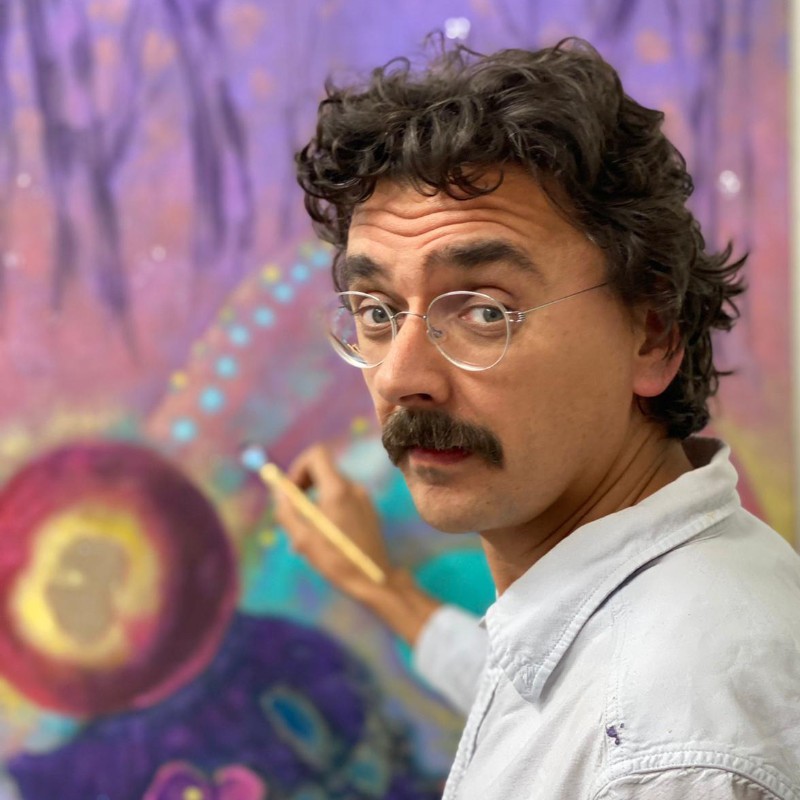
Uwe Henneken is a German artist living and working in Berlin.
Henneken began his studies at the State Academy of Fine Arts in Karlsruhe and completed his studies at the University of the Arts in Berlin. In his grotesque, amusing and fabulous paintings and sculptures, the artist transports the viewer into strange worlds. Especially impressive are the brightly colored landscapes, as in a surrealistic fever dream. In these psychedelic sets move figures unimaginable in reality, sometimes comic and cartoonish, sometimes tragic, and sometimes both at the same time.
Henneken has spent a lifetime researching the theme of shamanism and believes that the shaman is the prototype of the artist and therefore the contemporary artist is directly connected to his professional ancestor. Promoting the idea of otherworlds, through magical realism the artist brings magic to real life.

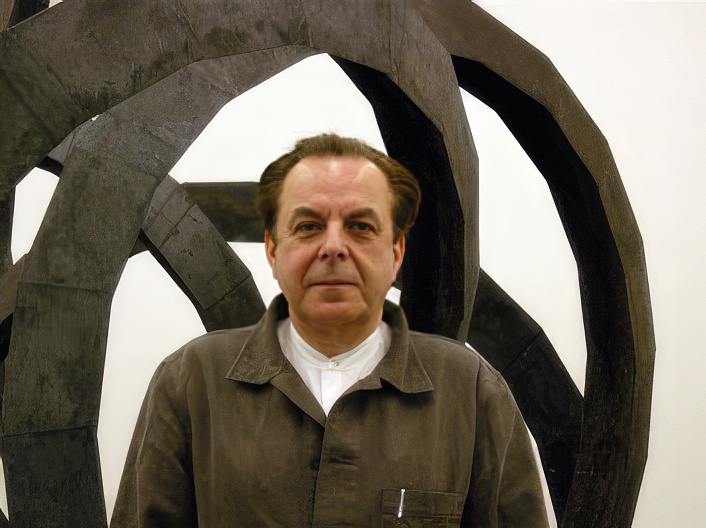
Abraham David Christian is a German draughtsman and sculptor.
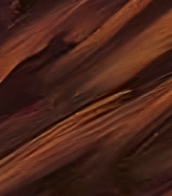
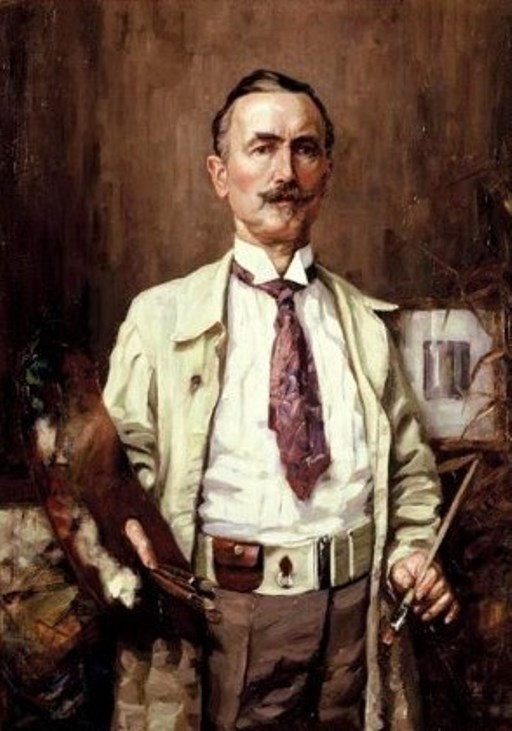
Alexander Max Koester was a German painter. He depicted coastal landscapes and still lifes with flowers. After the artist first presented one of his landscapes with a family of ducks in Berlin in 1899, he earned the nickname "Duck Koester." The "duck" paintings were extremely popular with art lovers.
